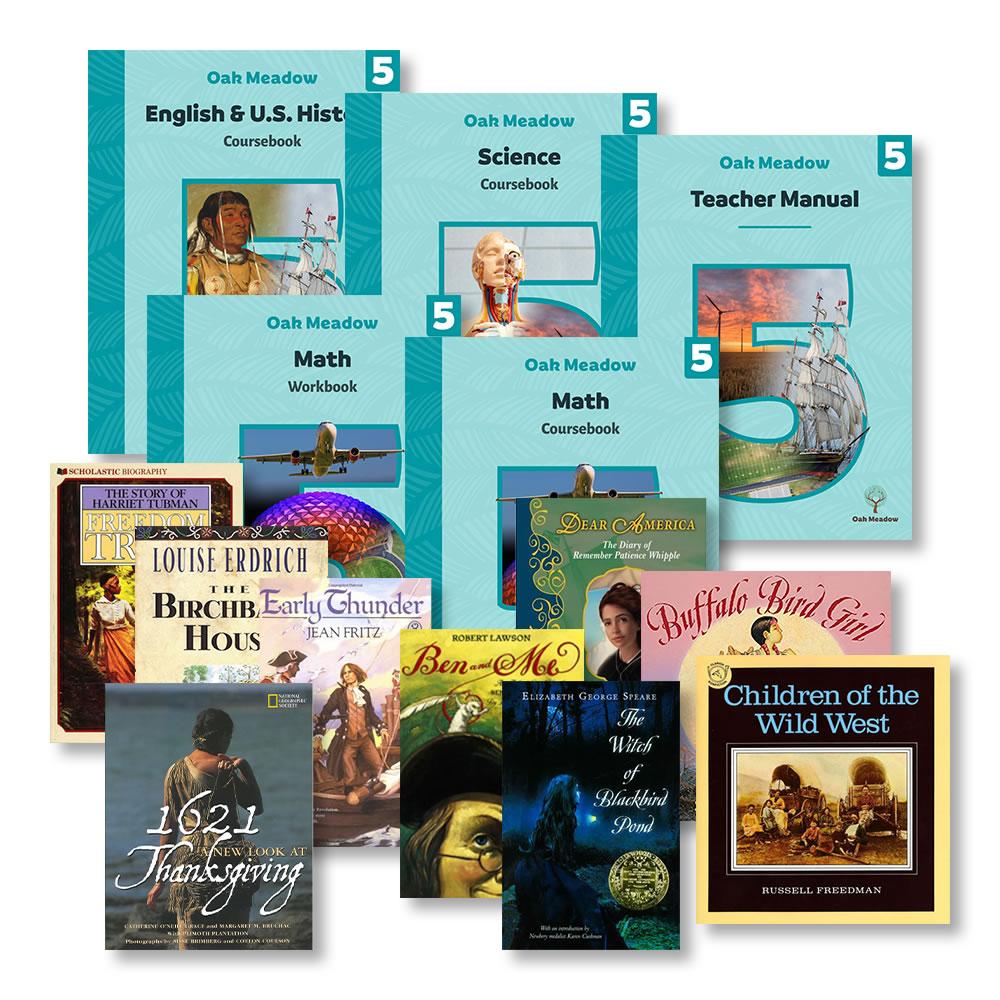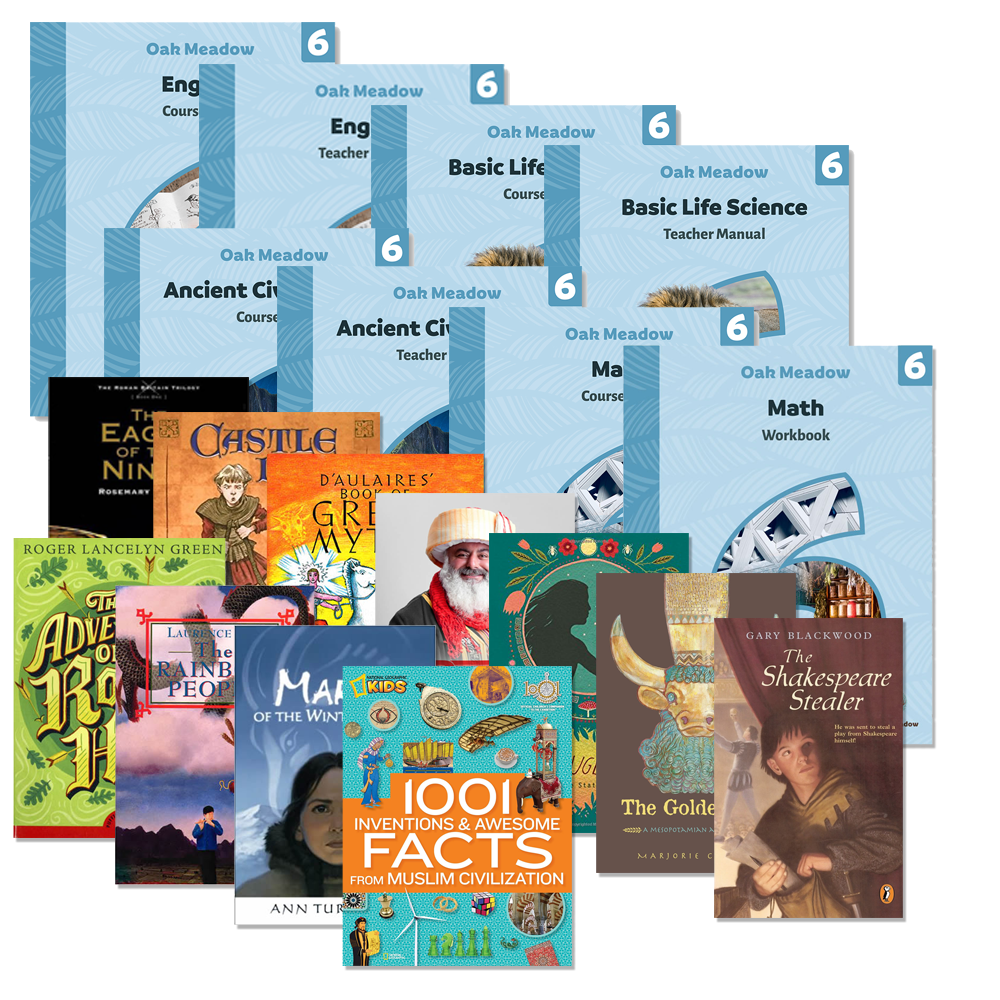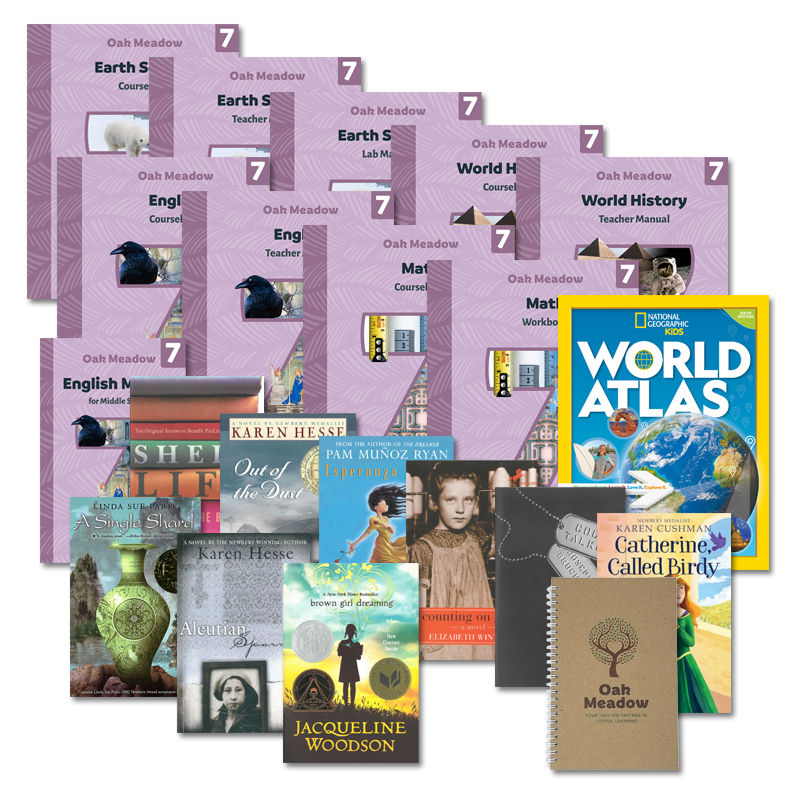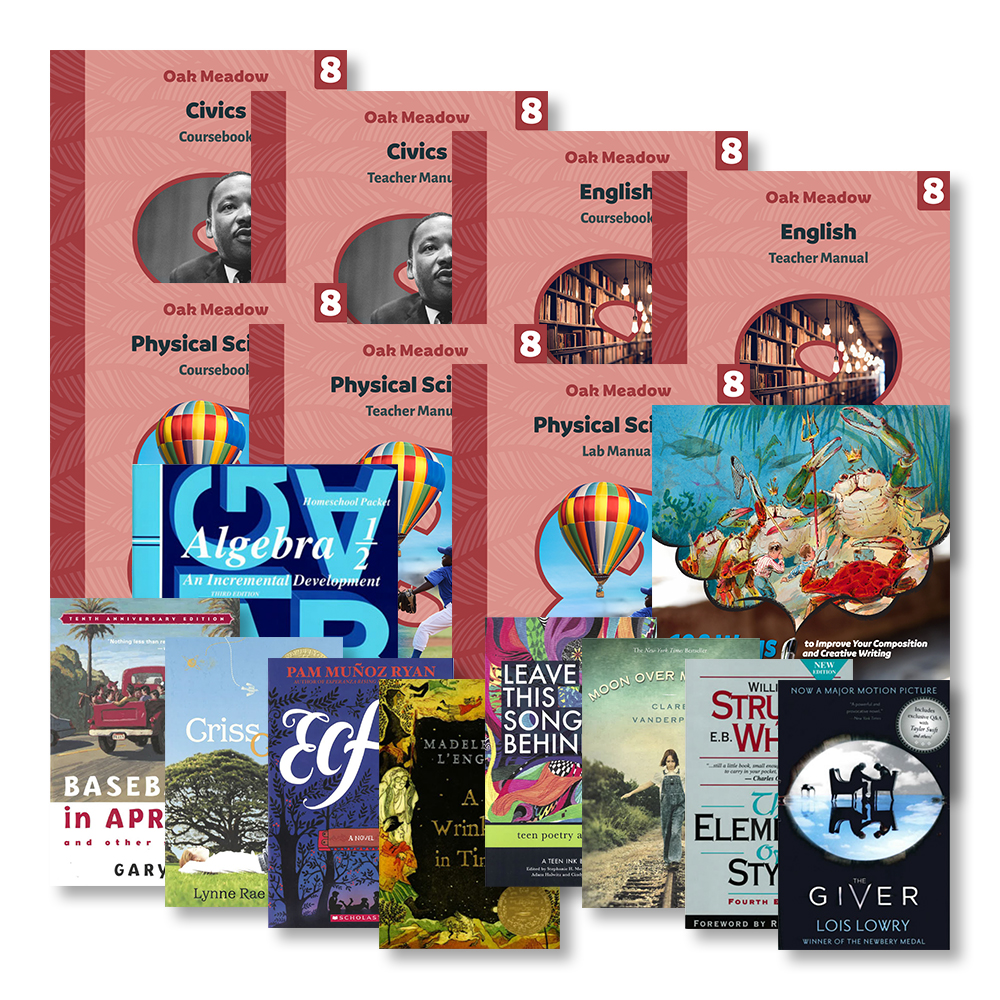Middle School (5-8)
As students approach adolescence, they experience a growing sense of independence. The Oak Meadow middle school curriculum supports this developmental stage by encouraging students to look inward while also exploring the outer world in greater depth. They are asked to develop skills in critical thinking and creative problem solving, to analyze and synthesize. In this way, students cultivate an ability to think for themselves that will serve them well in high school and beyond.



